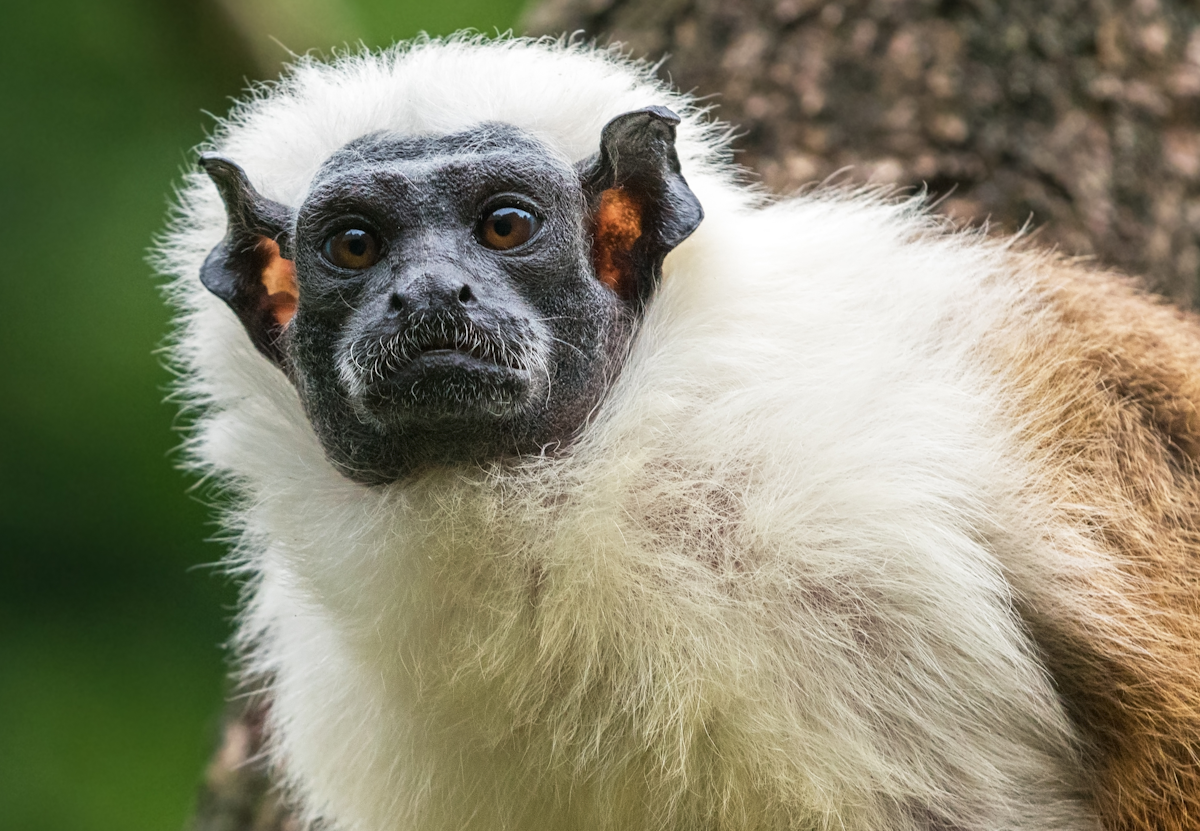Thousands of delegates are attending the international biodiversity conference at COP16 in Cali, Colombia. Uppermost in their minds is stemming biodiversity loss and prevent the ongoing extinction of species and the destruction of wildlife-rich ecosystems.
It is no coincidence that the biodiversity crisis is happening at the same time as the climate crisis. Both crises share many similar root causes and are integrally linked within our Earth system, while many of the solutions to tackling either crisis have benefits for reducing the stresses caused by the other. For example: nature is directly influenced by climate, as no living organism or ecosystem on the planet can completely escape climate change. But the association between climate change and biodiversity loss doesn’t just have a single direction of travel: more and more society is recognising this needs to be two-way consideration, as nature is a vital ally when developing ways to increase climate change mitigation and adaptation.

The Pied Tamarin is a critically endangered primate which occurs only in the central Amazon basin, near Manaus. Picture: Adobe Stock
One of the most important biodiversity hotspots in the world is the Amazon basin. This region – home to lots of unique primates, birds, reptiles, plants and invertebrates – is facing an uncertain future. The vast Amazonian system is large enough to modify its own weather and climate, which helps to perpetuate the rainforest and all of its dependent species, industries and communities.
Threats to an interconnected system
However, this vast interconnected system faces the threat of effectively drying out, ‘tipping’ this region from lush rainforest to a drier state of degraded forest or even savanna grassland.
Projections have shown that a combination of substantial deforestation in conjunction with climate change could be sufficient to set in train an irreversible path to one of these new states. There is uncertainty about just how quickly this could happen; but even the remote possibility of this happening within a human lifetime is sufficient to raise alarm.
The loss of standing timber and soil degradation would create an unimaginable source of carbon emissions, and the loss of biodiversity would represent a tidal wave in the rate of species extinctions, while the planet would lose a vital climate regulation mechanism with climate-damaging teleconnections rippling out across the planet. Ten per cent of the world’s biodiversity is thought to exist within this region.
How likely is this? But the Amazon basin is already drying out and it has been affected by drought this year with media reports suggesting rivers in the region were at record lows. Wildfire is increasing, adding to the losses already wreaked by decades of forest clearance and deforestation.
More research is urgently needed to better understand recent ecological changes compared with longer-term variations, and the resilience of the Amazon ecosystem to climate stress within the context of other stressors such as deforestation, agricultural production and urbanisation
The Met Office has been actively involved in research in the Amazon for over 40 years, in close collaboration with experts in Brazil and other countries with territory in the Amazon. One current major project is AmazonFACE, funded jointly by the governments of the UK and Brazil, which studies the response of the forest to higher levels of carbon dioxide. A key feature of this experiment is the very high level of biodiversity at the experiment site.
Professor Richard Betts of the University of Exeter and the Met Office, a leading expert in climate change and the Amazon, said “There is a substantial body of science showing that the Amazon is critically at risk from a combination of climate change and direct human impact, but we still have much to learn.
“We need experiments such as AmazonFACE to tell us how this complex ecosystem will respond to some of the environmental changes we will see in the future, and the extent to which it could help minimise future global warming.”
Biodiversity loss and climate change
The biodiversity COP is just the other side of the Andes mountain chain from the Amazon basin. Therefore, it is a perfect case study for delegates to have in their minds while wrestling with the challenges posed by both biodiversity loss AND climate change.
By taking strong action to protect biodiversity-rich regions like the Amazon rainforest we can help to solve two problems with one solution. Protecting the rainforest from further loss will stem the loss of biodiversity and perpetuate a vital regulator of the global climate, while ensuring that the world doesn’t exceed the global warming levels decided in the Paris Agreement on climate change should ensure a longer-term future for the region and its rich web of biodiversity.
The Biodiversity COP16 conference runs until 1 November 2024.


